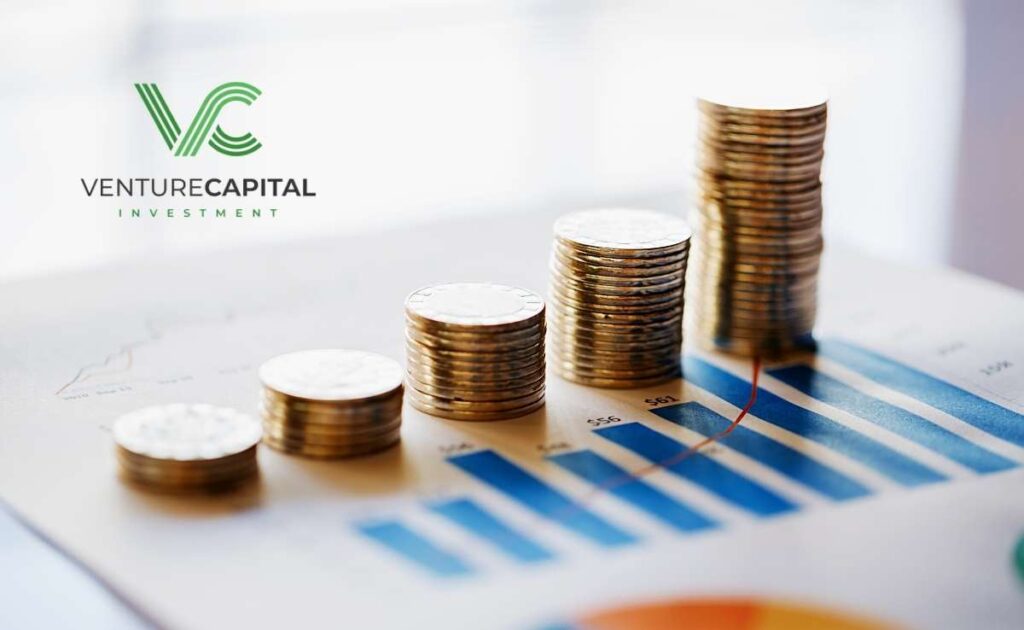According to an analysis by Ernst & Young using data from Crunchbase, venture capital in the U.S. reached $64 billion in the first quarter. That represents 43% of all venture capital raised in 2020, the biggest sum ever for a single quarter.
Everyone believed that we were heading toward disaster a year ago, according to Jeff Grabow, U.S. venture capital leader at Ernst & Young.
Investors poured cash into food delivery services, online brokerages, and Elon Musk’s SpaceX in the first quarter of 2021 after a successful year for the IT industry, resulting in a record quarter for U.S. venture capital.
Ernst young us 64b q1levycnbc
In the first three months of the year, venture-backed companies raised $64 billion, according to an analysis this week by Ernst & Young using data from Crunchbase. That is equal to 43% of the total money raised in 2020, a record year, which was $1.48 billion.
We are “technically still in a pandemic and trying to emerge from it,” according to Jeff Grabow, U.S. venture capital leader at Ernst & Young. A year ago, everyone thought that we were about to hit rock bottom. Having a record quarter like this is fantastic.
The late-stage market continued its rapid pace after an exceptional second half for IPOs that included offerings from Snowflake, DoorDash, and Airbnb.
Businesses altered their plans as a result of Covid-19 during the first two quarters of 2020, but the market immediately bounced back and has held since then.
According to Grabow, less than half as many venture agreements worth at least $100 million were signed in the first three months. The $2 billion fundraising round for Cruise, an autonomous vehicle, represented the largest deal.
Business, an initiative started by Microsoft in January as a result of a strategic alliance with Cruise’s primary owner, General Motors.
The online convenience store Gopuff raised $1.15 billion in March, which was the second-largest selling of the quarter. At the same time, Databricks, a provider of cloud data analytics tools, and Robinhood, an investment platform that needed liquidity due to the cash crunch brought on by irrational GameStop stock trading, each raised $1 billion.
The greatest sub-billion dollar financing was provided in February to the private space firm SpaceX, valued at about $74 billion. Another of the top deals was Stripe, a major provider of payment processing, raising $600 million at a $95 billion valuation.
Along with the increase in mega-rounds, the earlier-stage market is rising. Grabow claims that fundraising for Series A and Series B deals reached records in the first quarter.
In addition to the rise of smaller funds, syndicates of investors looking to support start-ups can be put together on the website AngelList without the need for in-person networking.
Due to the large amount of money in the system and the increasing usage of virtual dealmaking tools like Zoom, venture rounds are coming together considerably faster than in the past.
According to Grabow, people are feeling upbeat and enthusiastic about the market because they believe Covid has been defeated. “Technology enabling and industry digitization have accelerated.”
In addition to the record levels of venture capital investment, the phenomenon of special purpose acquisition companies (SPACs), or “blank-check” firms that acquire private enterprises and list them on the stock exchange, also occurs. SPACs present a potential replacement for late-stage rounds.
SPACInsider reports that 306 SPACs had already raised $98.9 billion by the year 2021. That surpasses the record-breaking year of 2020 when a total of $83.4 billion was raised.
Grabow concurs that with the combination of conventional financings and SPACs entering venture, there will undoubtedly be investors who take on too much risk.
There’s a reason it’s called a venture, Grabow commented. These situations have both high risk and high yield.
Search For Similar News Articles – Ernst young us 64b q1levycnbc | Ernst 64b q1levycnbc | young 64b q1levycnbc
Faqs
between 25% and 35% per year
They expect a return of between 25% and 35% per year over the lifetime of the investment. Because these investments make up such a small fraction of institutional investors’ portfolios, venture capitalists are granted a tremendous degree of latitude.
US$ 211.3 Billion
In 2021, the market for venture capital investments was worth US$ 211.3 billion.
According to conventional wisdom, only three to four start-ups out of ten will entirely fail. The final three or four pay back the initial investment, and one or two produce substantial returns. According to the National Venture Capital Association, between 25 and 30 percent of venture-backed companies fail.
1,000 active
As of 2022, the U.S. market size for venture capital is $63 billion. In the United States, there are about 1,000 active venture capital firms.
15% to 27%
The Internal Rate of Return (IRR), also known as the Annual Rate of Return, for a venture fund should fall between 15% and 27%, as was mentioned in the question above.

